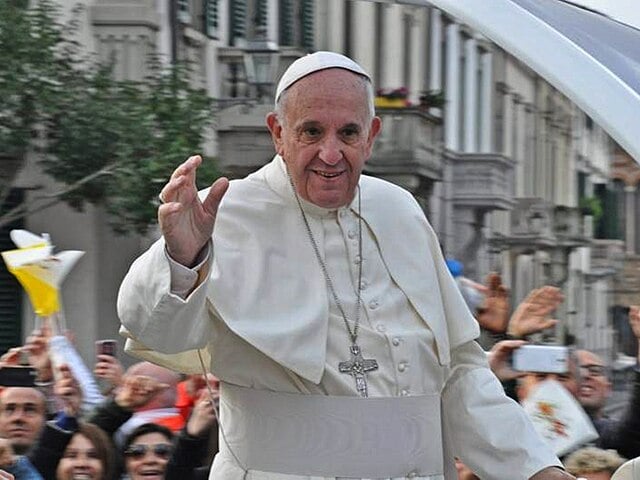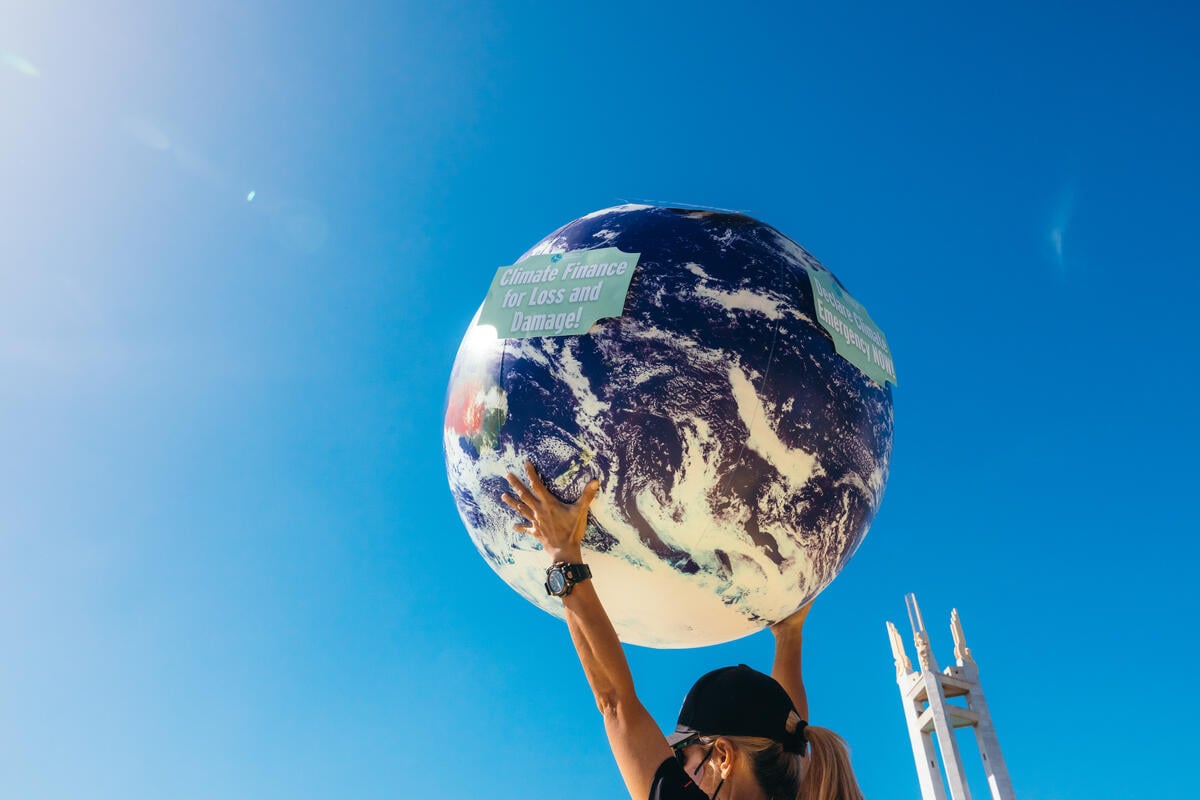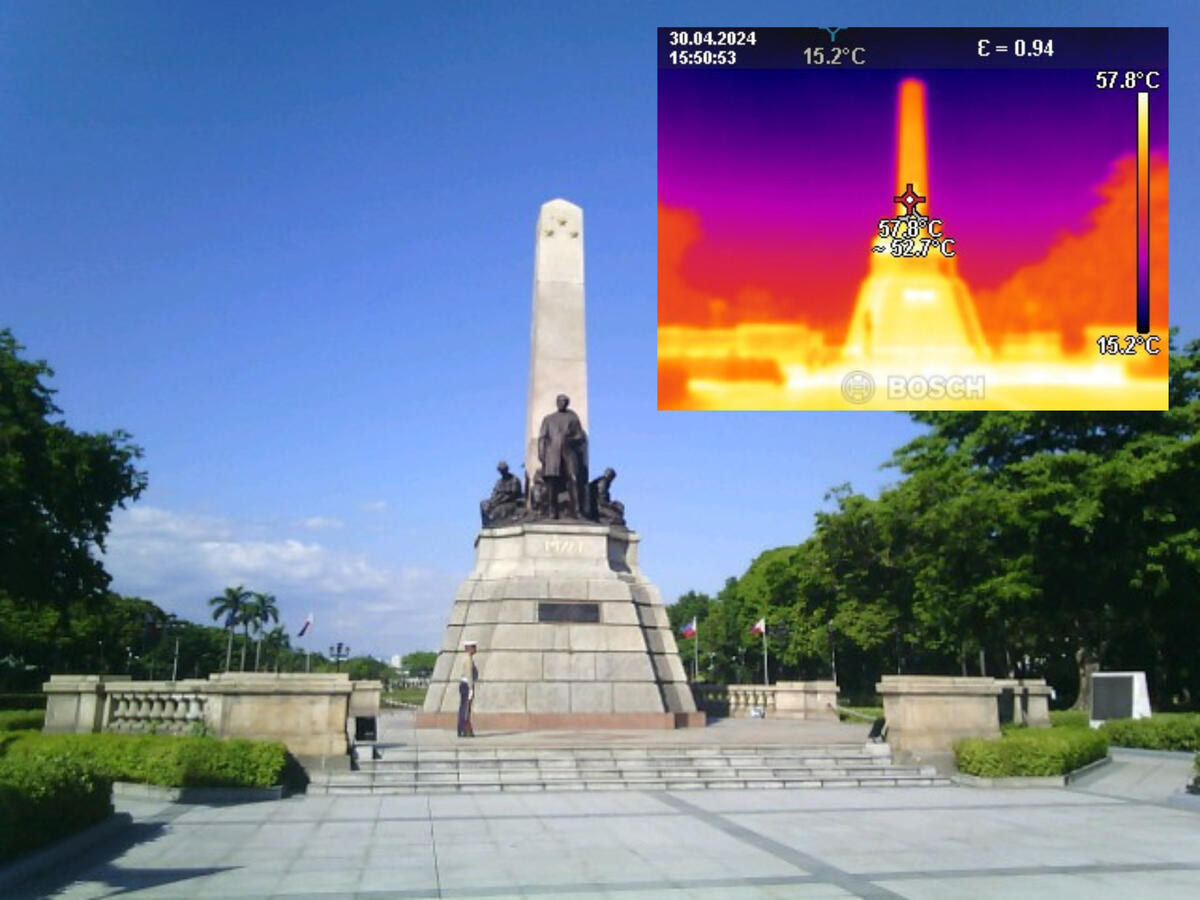Time to bolster ourselves for another year of climate crisis and action
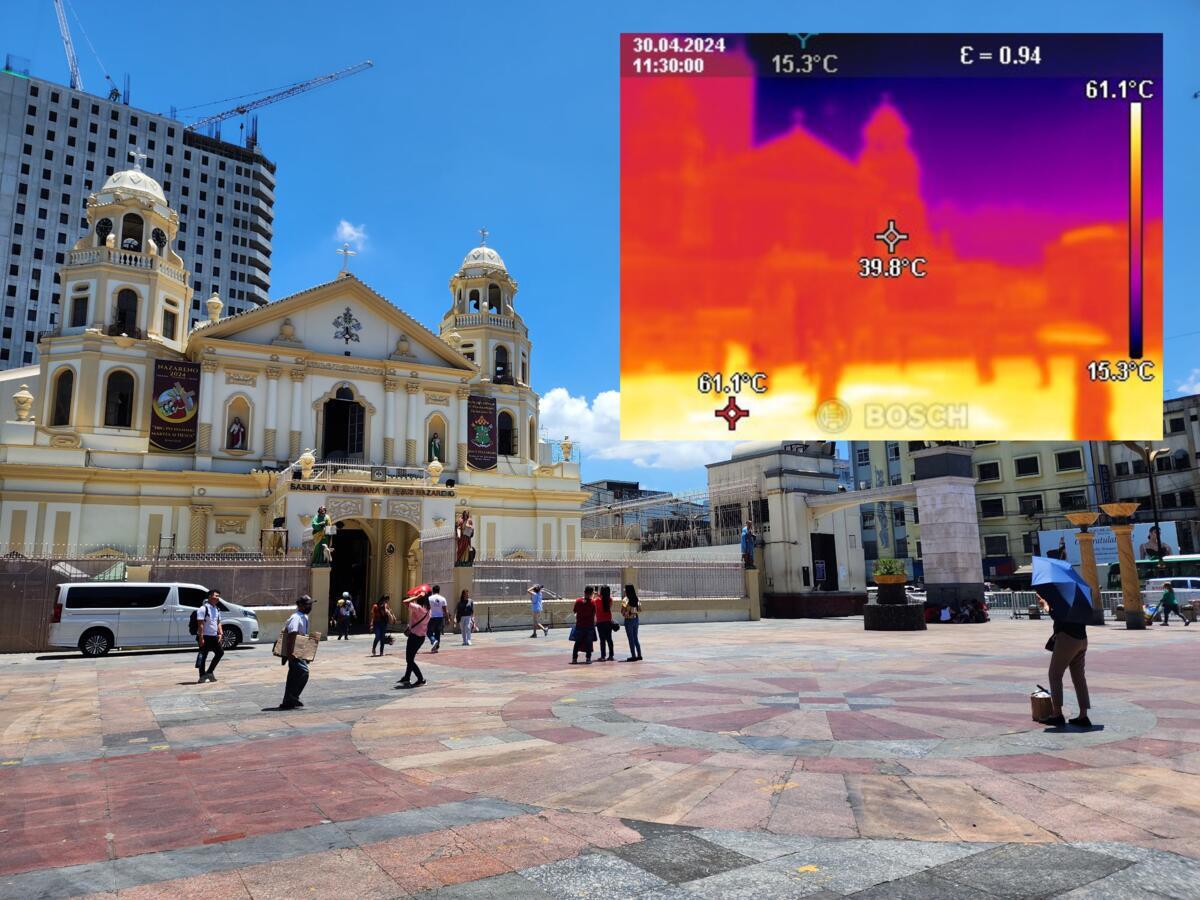
I used to enjoy Holy Week—the Visita Iglesia in the day, candlelit nights, the circulating bands of door-to-door prayer squads greeted by every household with whispers and reverence. This was the 90s, the height of the long summer blackouts. Even if your family had AC, you wouldn’t have enjoyed it most nights. I remember playing in the streets. It was very hot, but not intolerable. Patintero under the moon, taguan under stars.
This is obviously a whole lot of children’s-book nostalgia, but there must be some truth to the feeling. I bring it up because I don’t look forward to summer anymore. Now, all I can think of when the days start getting warmer is the inevitable heat stroke I’ve gotten every year since 2020, more record-breaking temperatures, the bloated Meralco bills. I don’t remember daytime ever being so white hot and skin searing that every moment outdoors in the hours around noon feels like an assault. And while we know relief will come in a few months–it will be in the form of torrential rains capable of submerging all the cars in my neighborhood.
In other words, the beginning and end of summer gives me, an adult in my 40s, anxiety. Right now is the end of the short season of reprieve: after the storms but before the high heat–which will be lifted by a new round of typhoons and supertyphoons.

It is not lost on me that I am privileged: I live in a relatively sheltered, less flood-prone area of the capital. Millions of Filipinos live in impoverished communities hit hard and often by extreme weather that causes sickness, destruction, loss of livelihood and life. For many, this relentless cycle could be interpreted as a Sisyphean ordeal—endure one disaster after another and try to rebuild, only to be met with new threats and new loss. The reality of climate change looms large, with anxiety hanging thick in the air, never far from mind.
Do you remember Frank Nicol Melgar Marba, the teacher and public servant from Dinagat Islands? He made headlines joining a transnational climate lawsuit against a French fossil fuel company. In 2021, Super Typhoon Odette, one of the strongest recorded storms on Earth, destroyed Frank’s family home, and left them traumatized. He once told the press: “Whenever there’s news of a typhoon coming our way, my grandmother still shakes in fear.”
Polls and studies stretching back a decade tell us this is increasingly becoming the norm. The majority of the nation is worried about the climate crisis. Many Filipinos, especially the young, are burdened by climate anxiety.
In 2013, Typhoon Yolanda (Haiyan) killed thousands and displaced millions in Eastern Visayas. A year later, a study found that an estimated 800,000 people in affected areas were reported to be suffering from anxiety, depression, and post-traumatic stress disorder.
Many may still be feeling the effects to this day. Social Weather Stations (SWS) conducted a poll in 2023 which determined that 8 in 10 Filipinos believe climate change poses dangers to physical and mental health. 87% say they have personally experienced climate impacts in the past three years. 81% consider climate change a threat to their mental well-being.
It does not help that much needed climate action by world governments is sluggish and lackluster. Majority of governments are missing deadlines for crucial greenhouse gas emissions cuts. Almost half of corporations around the world abandoned pledged climate targets and got away with it scott free. Fossil fuel consumption is on the rise, which is heating the planet. The heating planet is driving more energy consumption which then prompts the release of more emissions. It feels like being alive today–facing the notion of this escalation of climate change and its consequences–comes in two flavors: 1) aware and in despair or 2) blissfully ignorant, possibly in denial.
Despite all of this, though, the kids seem to be alright–to a degree. True to the trope (and no, please don’t bring the resilience thing into this) Filipinos, especially the youth, are powering through even the worst circumstances. Climate anxiety is translating to climate awareness, which, in the best of cases, translates to motivation to act.
The same cadre of local and international pollsters have found that Filipino youth are some of the most eager to do their part in addressing climate change. The 2023 SWS, for instance, says 74% of respondents agree with the statement: “People like me can do something to reduce climate risks.” Another survey from 2023 said 81% of Filipino young people are aware their actions could make a positive change in improving climate policies in the country.
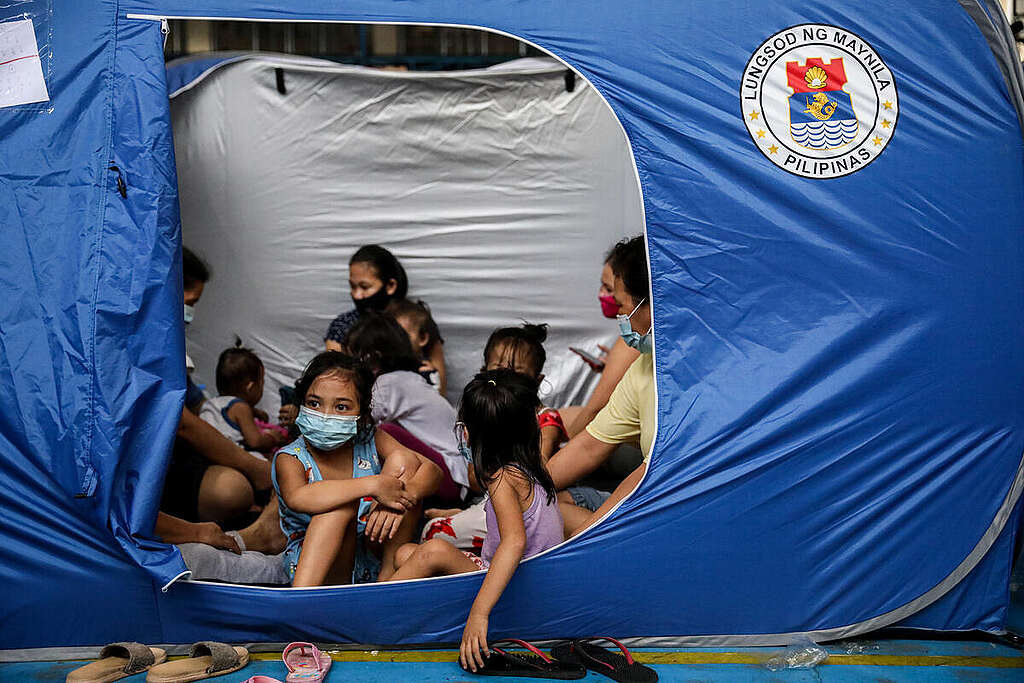
I wonder if today’s young people ever got to experience childhood summers like mine. Or were they, armed early with access to all the world’s information, too addled by early onset awareness of what we’ve done to the environment? Give them a platform, place, and opportunity to channel anxiety into something. Give them support, encouragement, solidarity. Join them. Action, especially collective action, bodes well for the planet, and can ease a little panic.
Holy Week is for rest and fortification–mental, emotional, or spiritual–for the year ahead. It’s an opportunity to decide, in the quiet of our own company, or in the company of family and friends, on who to vote for in the coming elections, on what we can do to contribute; if it is in us to be brave, for ourselves and for others, in the midst of a crisis larger than any of our fears.
You might want to check out Greenpeace Philippines’ petition called Courage for Climate, a drive in support of real policy and legal solutions in the pursuit of climate justice.
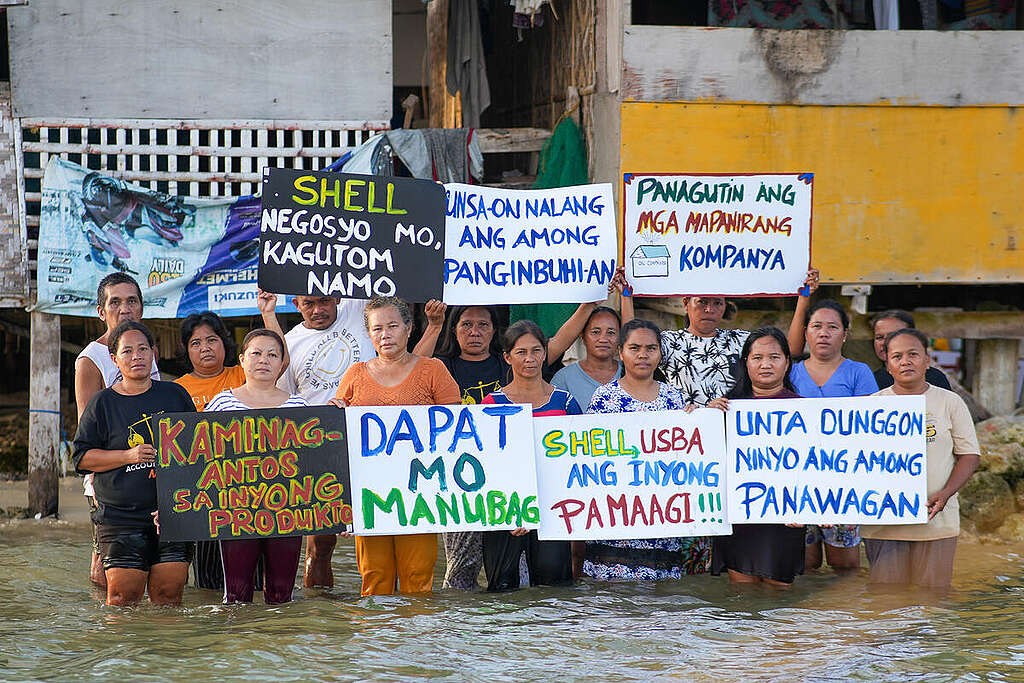
The climate crisis may seem hopeless, but now is the time for courage, not despair. Join Filipino communities taking bold action for our planet.
Make an Act of Courage Today!Pocholo Goitia is a writer and environmental advocate from Quezon City.

